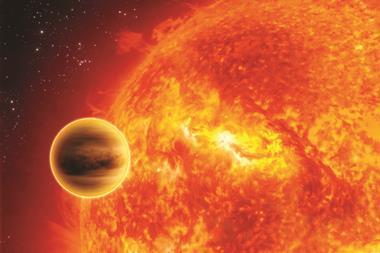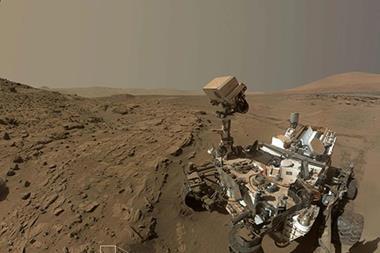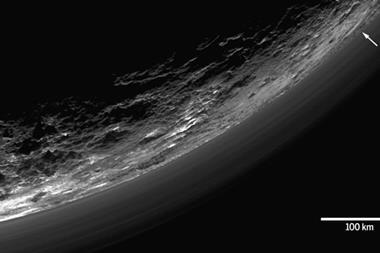Isotope analysis reveals the moon is hundreds of millions of years older than some estimates suggest
Researchers in the US have calculated a new value for the age of the moon based on the ratios of hafnium isotopes in mineral samples collected by the Apollo 14 moon mission.
The group, led by Kevin McKeegan at the University of California, Los Angeles, used mass spectrometry techniques to measure the ratios of hafnium-177 and hafnium-176 on samples of eight zircon grains collected on the moon by Apollo 14, comparing them to estimates of this ratio around the time of the solar system’s formation.
Their analysis suggests the moon is 4.51 billion years old, contrary to some previous estimates which suggest that the moon is hundreds of millions of years younger. The age of the moon is still a controversial topic among planetary scientists, who can be broadly split into those that think the moon formed less than 100 million years after the birth of the solar system, and those that think it formed much later, around 4.3 billion years ago. The team says its evidence supports the former theory, suggesting the moon formed within 60 million years of the solar system’s beginning.
References
M Barboni et al, Sci. Adv., 2017, DOI: 10.1126/sciadv.1602365
















No comments yet